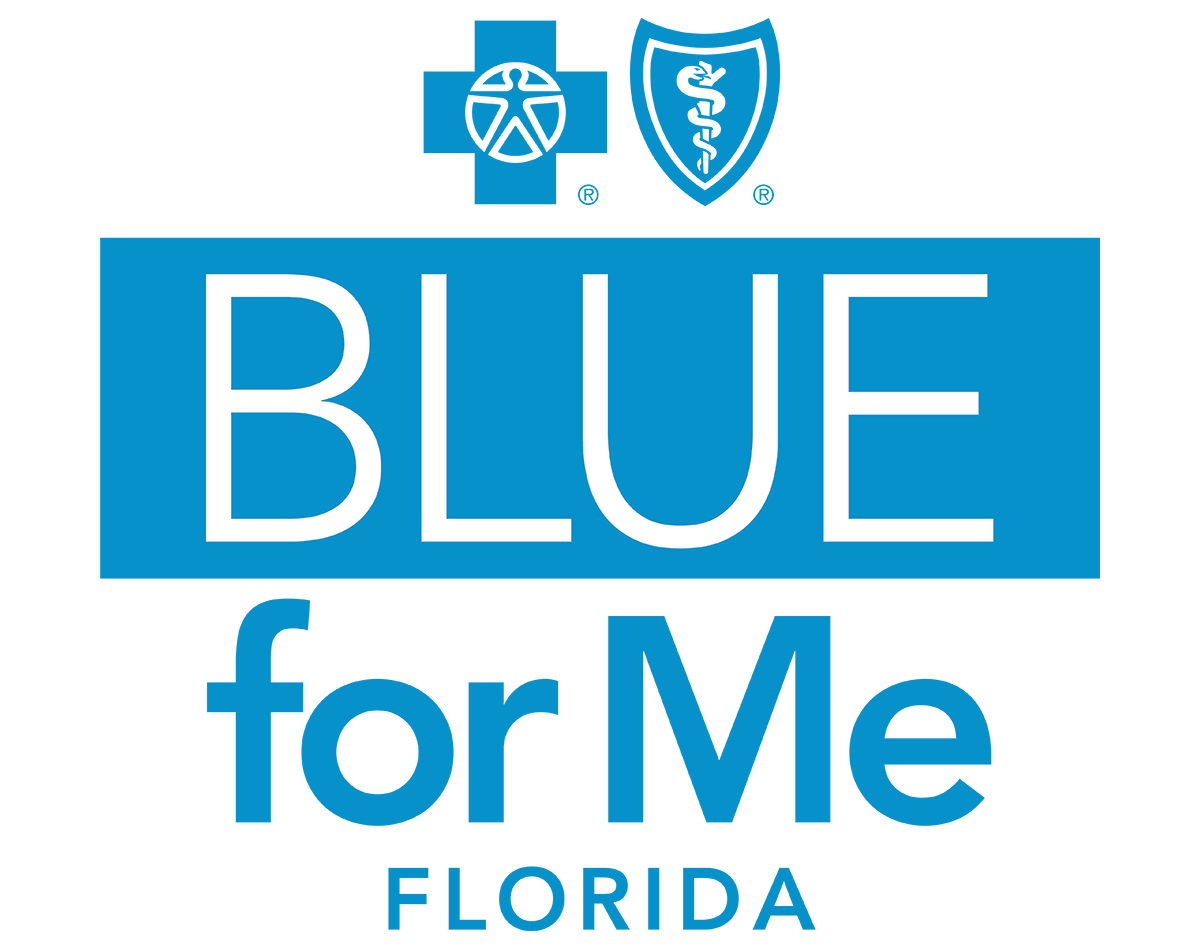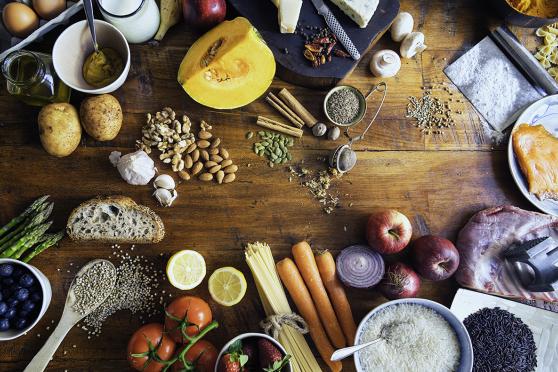7 Simple Tips to Cut Calories from Your Day
Make these minor adjustments to your everyday life to trim calories and lose weight in a healthy way.

Forget complicated diets and strict food restrictions that leave you feeling frustrated, hungry, and deprived. Simply cutting calories is one of the most effective ways to lose weight.
Step 1 is figuring out how many total calories you need to eat per day to stay at your current weight. It will depend on your height, age, sex, and how active you are. (Your doctor or an online calorie calculator can help you find the right number.) From there, trim just 200 calories per day — less than the amount in a small mocha Frappuccino — and you could lose about 20 pounds in a year. Just be wary of going too low: Experts recommend not going below 1,200 calories if you have ovaries or 1,500 calories if you have testicles.
And cutting calories doesn’t have to mean completely reinventing the way you eat. Quite the opposite: Choosing a method you can live with and stick to will help you lose weight and keep it off in the long run. Need some inspiration for ways to eat a little less going forward? These tips can help.
1. Sip Soup First
Before lunch and dinner, enjoy a cup of low-calorie, low-sodium soup. It has been shown to preload your belly, leaving less room for higher-calorie foods and making you feel less ravenous when you dig in. You’ll eat about 20% fewer calories at each meal.
Broth- or bouillon-based soups are a good choice. (Avoid cream-based soups. They can pack a lot of fat and calories, which basically defeats the purpose.) Toss in vegetables and beans to make it more filling and more nutritious. Half a cup of vegetables adds only about 60 to 120 calories.
Looking for healthy meal ideas? Check out the private health resource library in your BlueForMe app, the digital health management tool that is included with your health plan. You’ll find light and tasty recipes and nutrition advice from experts you can trust. Call 844-730-2583 to see if you're eligible for BlueForMe today.
2. Dish Up Like It’s the 1960s
Dinner plates were about 3 inches smaller then. Today’s bigger 12-inch plates usually lead to bigger portions. People eat about 30% less with a smaller plate, according to several studies. Try serving dinner on salad plates, if you have them. If not, try plating “backwards,” leaving the protein for last:
- Start with a heaping serving of non-starchy veggies like broccoli, carrots or green beans.
- Add half as much of a whole grain or whole food starch, like brown rice or sweet potato.
- Finish with a small portion of lean protein. If you’re eating meat, keep the piece to the size of a deck of cards, or 3 ounces.
Eating out? Remember that restaurant portions have also gotten bigger. A cup of cooked pasta is only 220 calories, but restaurant servings are often 4 or 5 times as much as that. Pro tip: Ask the server to immediately box up half the meal so you don’t eat the whole thing at once. Or bring your own resealable container to make your own to-go box. Think of it as 2 meals for the price of 1.
3. Fill Up on Fiber
Include foods that are high in fiber and water content on your plate. At the top of the list: fruits, vegetables, and beans. They’ll help you feel more satisfied so you’ll eat less of other foods. The reason? High-fiber foods provide bulk that takes up room in your stomach. They also take a long time to digest, which keeps you feeling fuller longer. Plus, they’re low in calories but rich in nutrients your body needs.
4. Take Your Time
Eating slowly is a proven way to eat less. A simple way to do that is to put your fork down between bites and take a sip of water. That will naturally slow you down, while also helping to fill your belly in a no-calorie way. It takes a while (around 20 minutes) for your brain to get the message from your digestive hormones that you’ve had enough to eat. So pacing your bites slowly gives your brain time to catch up to your body. That way, you won’t overstuff yourself while your stomach is waiting to get the message.
5. Drink Wisely
If you’re tracking your calories, don’t forget to include the things you drink. Sodas, fruit juices, and bottled iced teas can easily add 100 to 200 calories per cup, can, or bottle. A couple of light beers means a couple of hundred calories. Fancy coffee drinks can weigh in at more than 400 calories. Keep that in mind when ordering seasonal specials that load extra syrups and whipped cream on top. It’s okay to enjoy these beverages on occasion. Just stick to a small size and skip the whipped cream. Your best bet is to make water or unsweetened tea your drink of choice.
6. Be Mindful of Screen-Time Snacking
Ever find yourself reaching into the popcorn bowl while you’re watching TV, only to realize you’ve already eaten it all? That’s the result of distracted eating. When you’re busy watching a show or scrolling social media on your phone, you’re less able to pay attention to a meal or snack. That often leads to eating more than you meant to — without even getting to enjoy it. Instead, practice “mindful eating.” Some ways to do that:
- Smell the delicious aroma.
- Listen to the crunching as you chew.
- Savor the flavors of each bite.
- Enjoy the color variety food has to offer.
- Take delight in the textures and mouth feel.
Really thinking about the food you’re eating will help you enjoy it more and feel more satisfied — and put the fork down a little sooner.
With the BlueForMe app, you have access to programs for nutrition, exercise, and weight loss. To learn more, call 844-730-2583 to see if you're eligible for BlueForMe today.
7. Get Your Sleep
Research finds that sleep-deprived people feel hungrier and eat more than those who are well rested. And often, they reach for high-carb, high-fat snacks. One meta-analysis of several studies found that sleep-deprived people eat an extra 385 calories a day. That’s more than enough to throw you off your healthy weight-loss game plan.
Experts point to hormones to help explain what’s going on. People who sleep less than 8 hours every night have less of a hormone called leptin. This substance tells your body when you’ve had enough to eat. A lack of sleep also increases the amount of another hormone called ghrelin. Ghrelin sends signals to your brain, saying, “I’m hungry!” In other words, getting at least 8 hours of sleep each night might be the most relaxing way to keep your appetite in check.
The Bottom Line
Losing weight and keeping it off is not a one-and-done thing. It takes time, attention, and dedication. But these small, easily doable tips will encourage you to build healthy habits that can help you reach your weight-loss goals — and keep that success going.
Sources:
[1] “MyPlate Plan.” U.S. Department of Agriculture, https://www.myplate.gov/myplate-plan. Accessed January 28, 2022.
[2] “Calorie Counting Made Easy.” Harvard Health Publishing, Harvard Health Medical School, July 11, 2020, https://www.health.harvard.edu/staying-healthy/calorie-counting-made-easy. Accessed December 22, 2021.
[3] Flood JE and Rolls BJ. “Soup Preloads in a Variety of Forms Reduce Meal Energy Intake.” Appetite, vol. 49, no. 3, April 14, 2007, pp: 626-634.
[4] H K Al Khatib, S V Harding, J Darzi, et al. “The effects of partial sleep deprivation on energy balance: a systematic review and meta-analysis.” European Journal of Clinical Nutrition, vol. 71, November 2, 2016, pp: 614-624.
DISCLAIMER: Florida Blue has entered into an arrangement with Wellframe to provide members with care decision support services, information and other services. This article is provided by Linkwell Health through their arrangement with Wellframe. Please remember that all decisions that require or pertain to independent professional medical/clinical judgment or training, or the need for medical services, are solely your responsibility and the responsibility of your physicians and other healthcare providers. Wellframe is an independent company that provides online services to Florida Blue members through the Blue for Me app.

